The aquaculture model under the protective forest canopy helps many households in Kien Luong district ( Kien Giang province) have a stable source of livelihood.
Under the care and protection of the people, the protective forest has been restored, becoming greener and more developed, increasing its ability to prevent landslides and withstand climate change well.
In recent years, climate change has become increasingly complex, coastal erosion has become increasingly serious, many areas of coastal protection forests have been lost, affecting the environment and production life of local people.
To protect and restore coastal protection forests, the province is interested in implementing projects to improve, restore and plant new forest areas.
Kien Giang Provincial People's Committee has a policy of allocating protective forest land to local people.
This is one of the key solutions to help restore forest areas, while creating jobs and increasing income for people. People can both participate in afforestation on contracted land and improve their lives by developing livelihood models under the protective forest canopy.
The entire Kien Luong district has 1,712 hectares of coastal protection forest land located in Duong Hoa and Binh An communes and Kien Luong town.
To stabilize livelihoods, create jobs and help people contract forest land to increase income, recently, the District Economic Department has coordinated with the Kien Giang Provincial Agricultural Extension Center and local authorities to transfer production processes of many aquaculture models with high economic value such as crab and shrimp farming, sea bass, black grouper, and pearl grouper farming.
Kien Luong District People's Committee is interested in investing in electricity and irrigation systems to serve production, creating conditions for people to access capital, supporting breeds, food, and technical training for people to convert production.

Mr. Nguyen Dang Giang, residing in Ba Nui hamlet, Binh An commune (Kien Luong district, Kien Giang province) raises pearl grouper under the canopy of coastal protection forest. Pearl grouper is a specialty fish that sells for an expensive price and is suitable for raising in Binh An commune.
Mr. Tran Ky Ba, residing in Ba Nui hamlet, Binh An commune (Kien Luong district, Kien Giang province) and his wife and children have been contracted forest land for nearly 20 years. During that time, he has pursued and stuck with the forest. Thanks to the forest, Mr. Ba's family has now escaped poverty and has a more prosperous life.
Mr. Ba said: “The climate, soil and water resources here are very suitable for aquaculture, especially raising grouper in earthen ponds. With an area of about 5,000m2, I divided it into 5 ponds specializing in raising pearl grouper. Each year, I earn 200-300 million VND.”
In addition to aquaculture models under the forest canopy, people also take advantage of alluvial land to raise some bivalve molluscs such as blood cockles, oysters, and green mussels.
Mr. Nguyen Dang Giang, residing in Ba Nui hamlet, Binh An commune, said: “In recent years, a large area of forest has been lost due to coastal erosion. To prevent coastal erosion and protect forest land, I invested in building a stone embankment nearly 100m long, combined with dropping boulders to create a substrate for oyster farming.
Oyster farming does not cost much, can bring stable income, short-term use to sustain long-term use, and have money to cover living expenses during the time of raising grouper. Thanks to this method, the family has an income of about 300-400 million VND/year.
Head of the Economic Department of Kien Luong District Nguyen Huu Thanh said: Under the canopy of coastal protection forests, for many years now, people who have been assigned forest land in the district have done a good job of taking care of, planting and protecting the forests.
Not only that, people take advantage of the available natural conditions to develop aquaculture models under the forest canopy to bring high economic efficiency. The grouper farming model in earthen ponds brings about outstanding economic efficiency compared to many other aquatic species.
However, in reality, this model still has many limitations. Most people raise animals on a household scale, without any connection, so people have difficulty finding product outlets.
Local fish seed sources are not yet produced, people have to buy imported fish seed from abroad, so production costs and prices are high. In addition, due to the characteristics of most farmers raising fish under the forest canopy and not being able to control the water source, fish food can easily pollute the water source, affecting the growth of forest trees.
According to the Head of the Economic Department of Kien Luong District, Nguyen Huu Thanh, the district's orientation in the coming time is to sustainably develop the aquaculture model under the forest canopy, including the grouper farming model, the district encourages and mobilizes people to participate in cooperatives and cooperative groups to link production to create stable output.
Kien Luong district, Kien Giang province has implemented programs and projects to support people to participate in and access new scientific and technical advances in production; and mobilize people to expand aquaculture models combined with developing eco-tourism under the forest canopy.
The district coordinates with relevant sectors to promote activities and build the OCOP standard grouper brand, associated with product consumption.
Source: https://danviet.vn/vo-mot-khu-rung-o-kien-giang-bat-ngo-thay-nong-dan-nuoi-ca-bong-mu-to-bu-the-nay-ban-gia-nha-giau-2024091919151034.htm



![[Photo] Closing ceremony of the 18th Congress of Hanoi Party Committee](https://vphoto.vietnam.vn/thumb/1200x675/vietnam/resource/IMAGE/2025/10/17/1760704850107_ndo_br_1-jpg.webp)
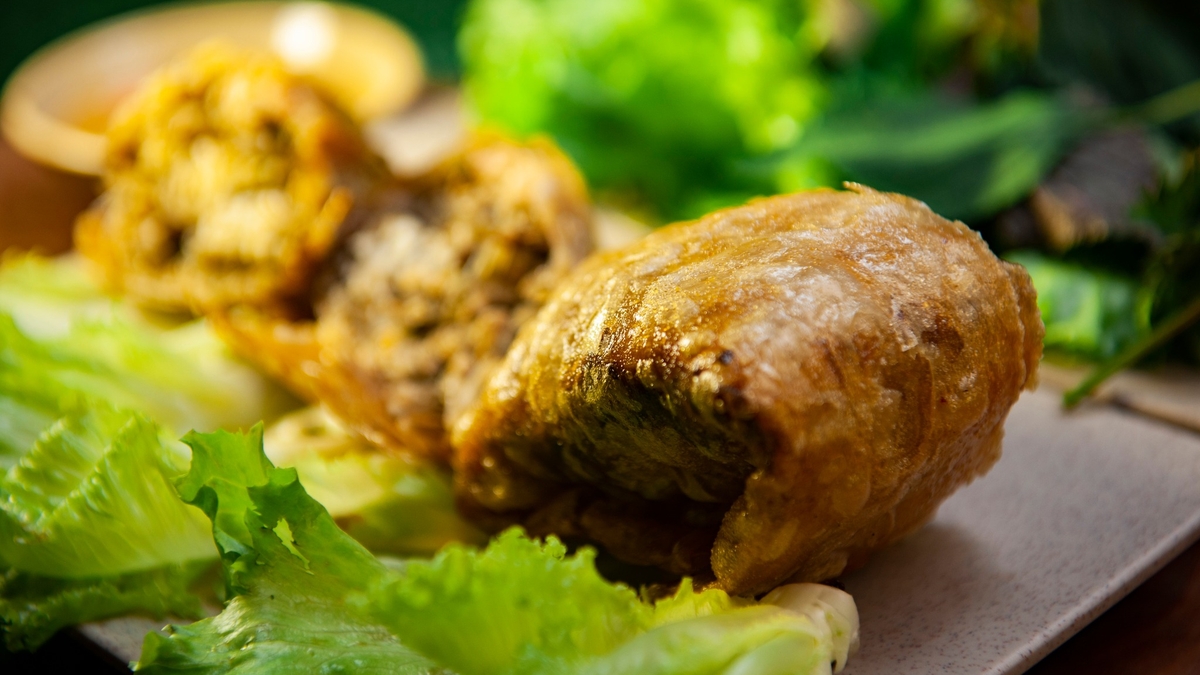

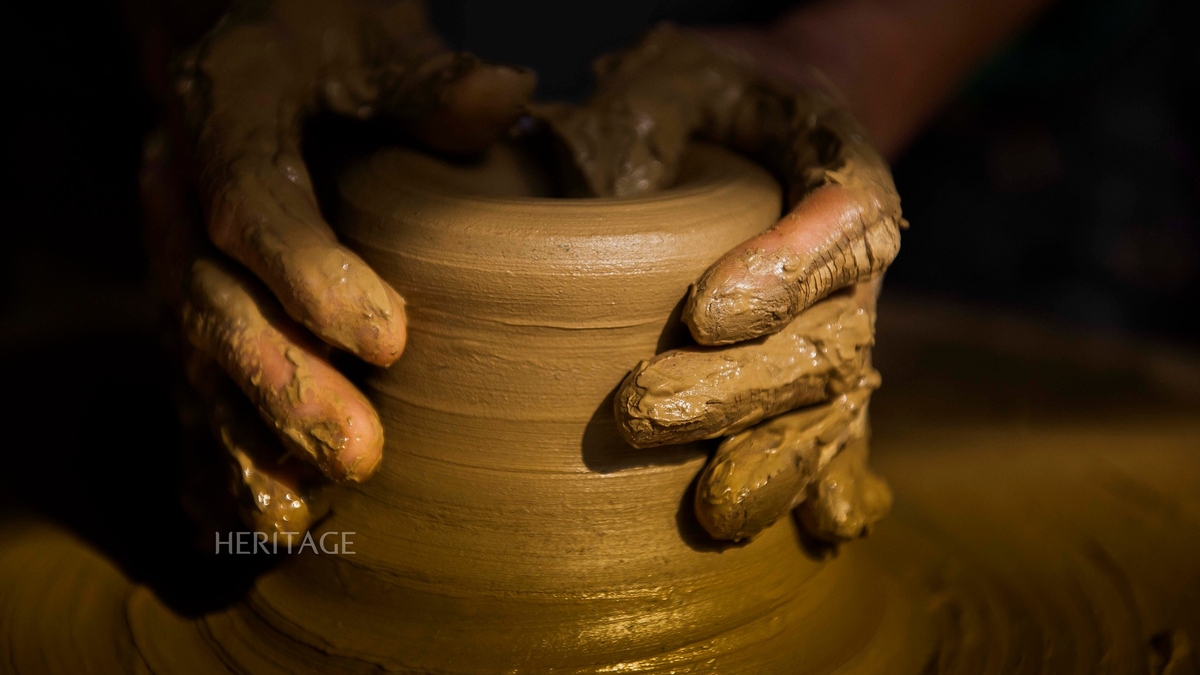
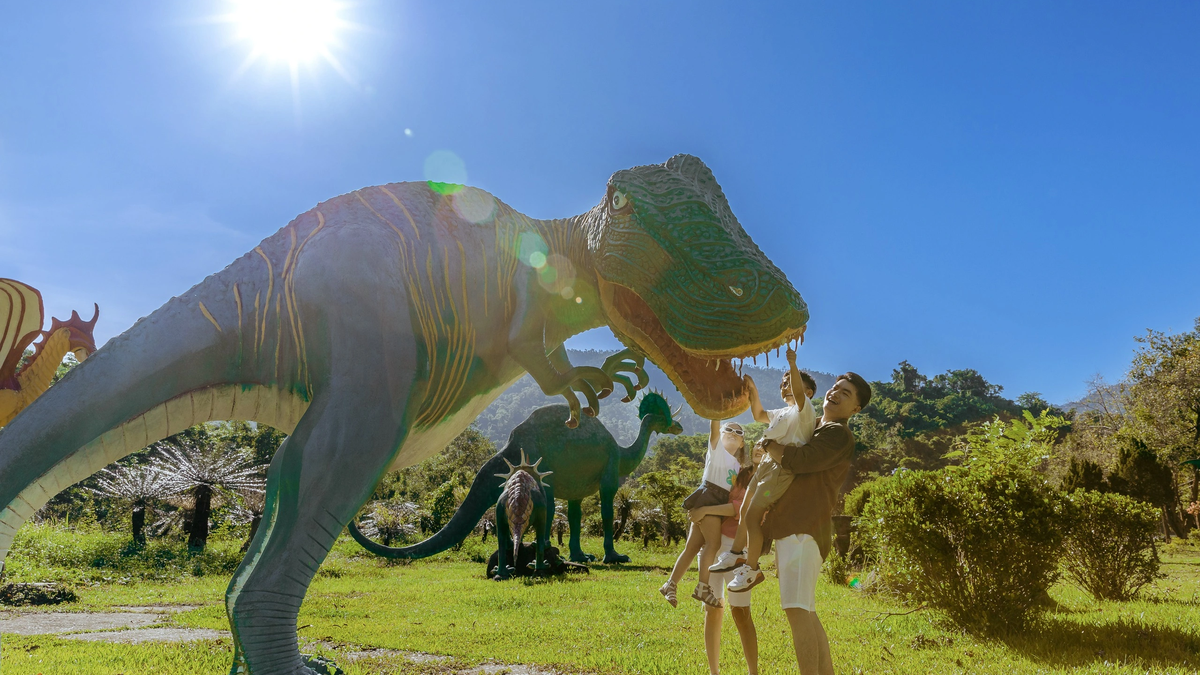
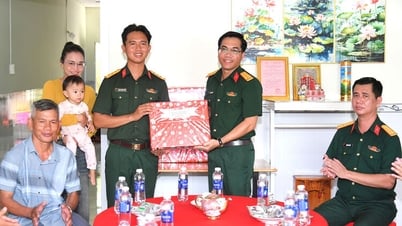

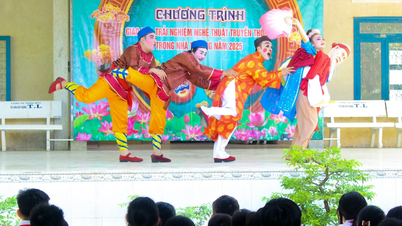

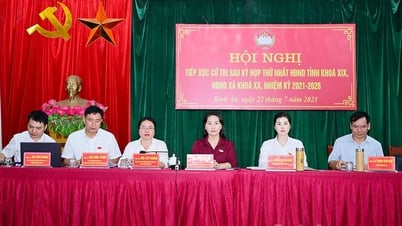

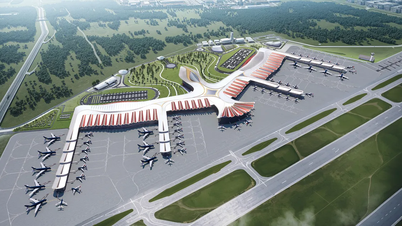




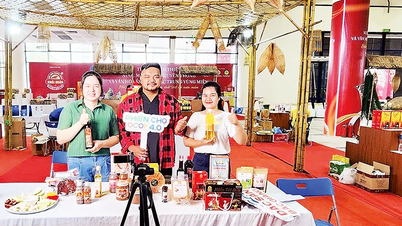

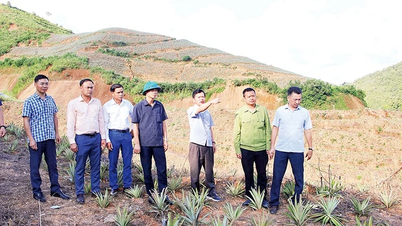
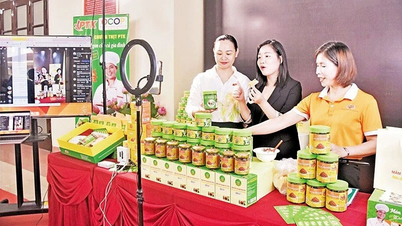
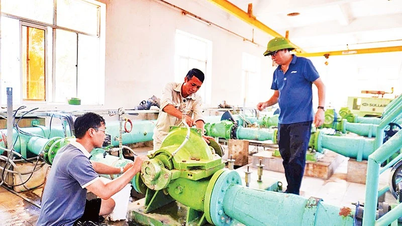
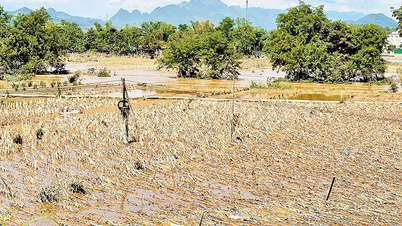
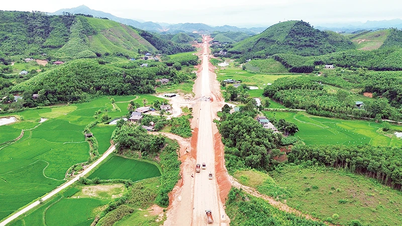




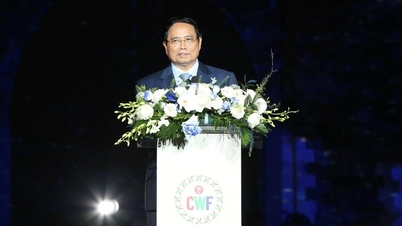

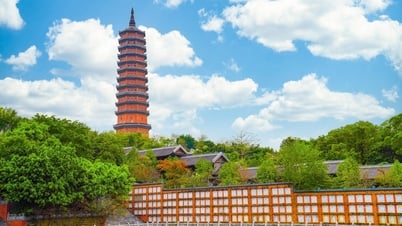

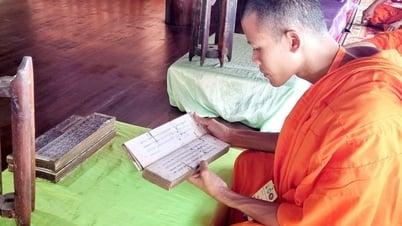

![[Photo] Nhan Dan Newspaper launches “Fatherland in the Heart: The Concert Film”](https://vphoto.vietnam.vn/thumb/1200x675/vietnam/resource/IMAGE/2025/10/16/1760622132545_thiet-ke-chua-co-ten-36-png.webp)
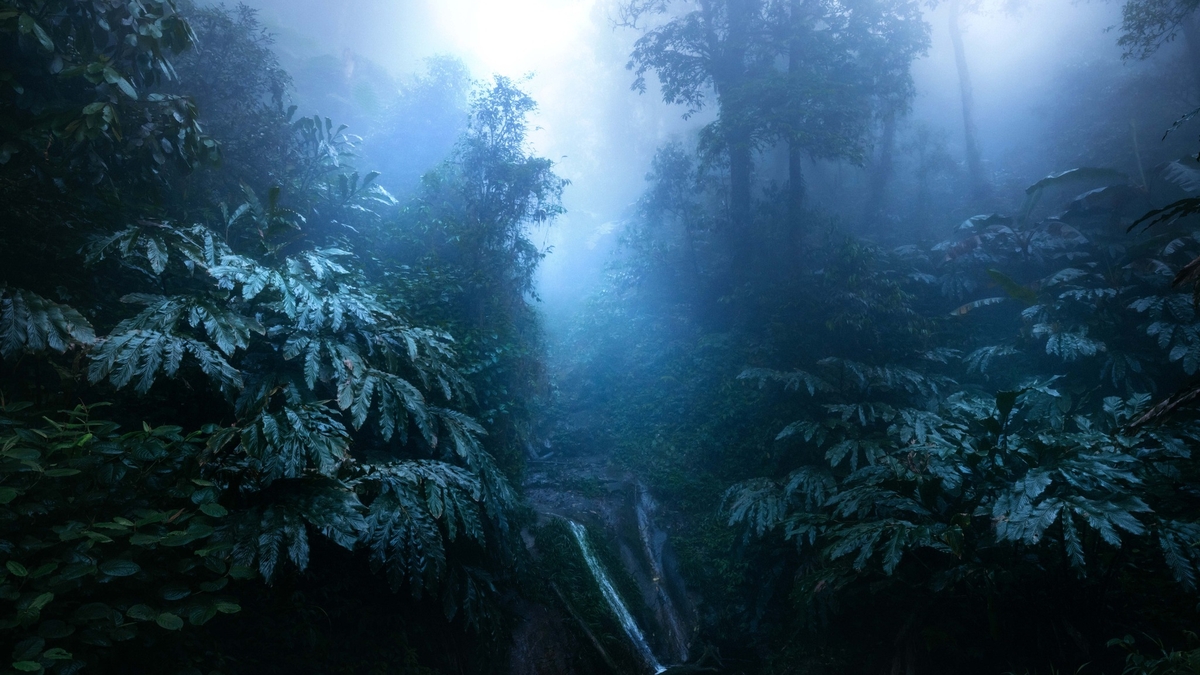


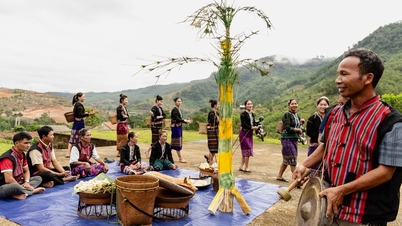

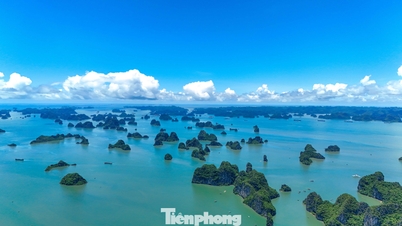

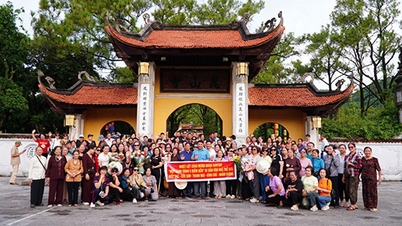







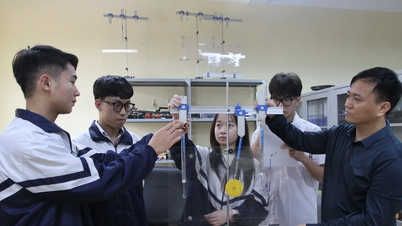











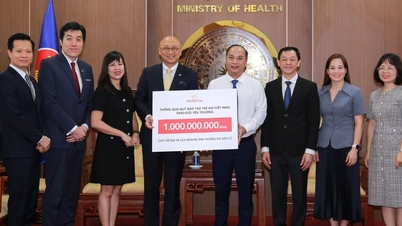
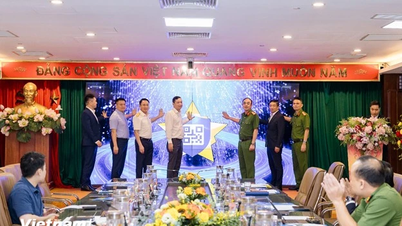
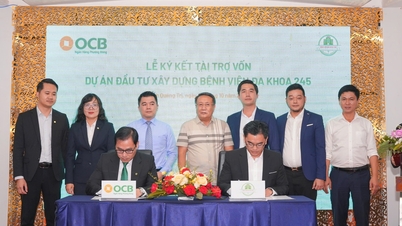

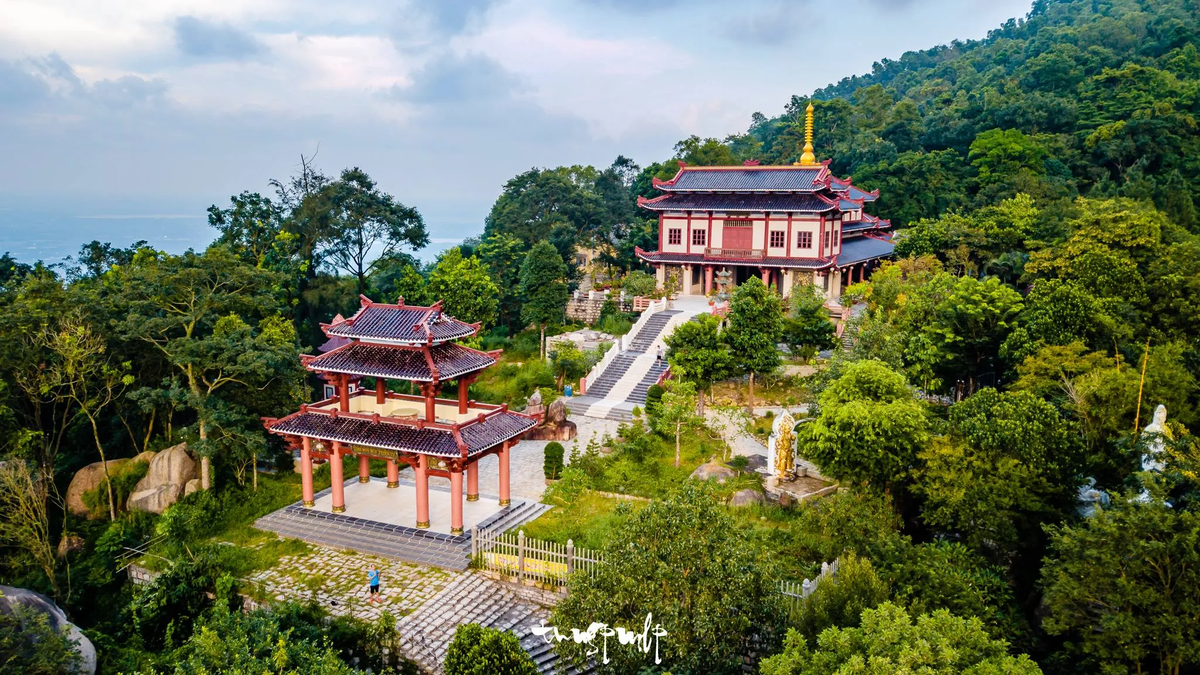
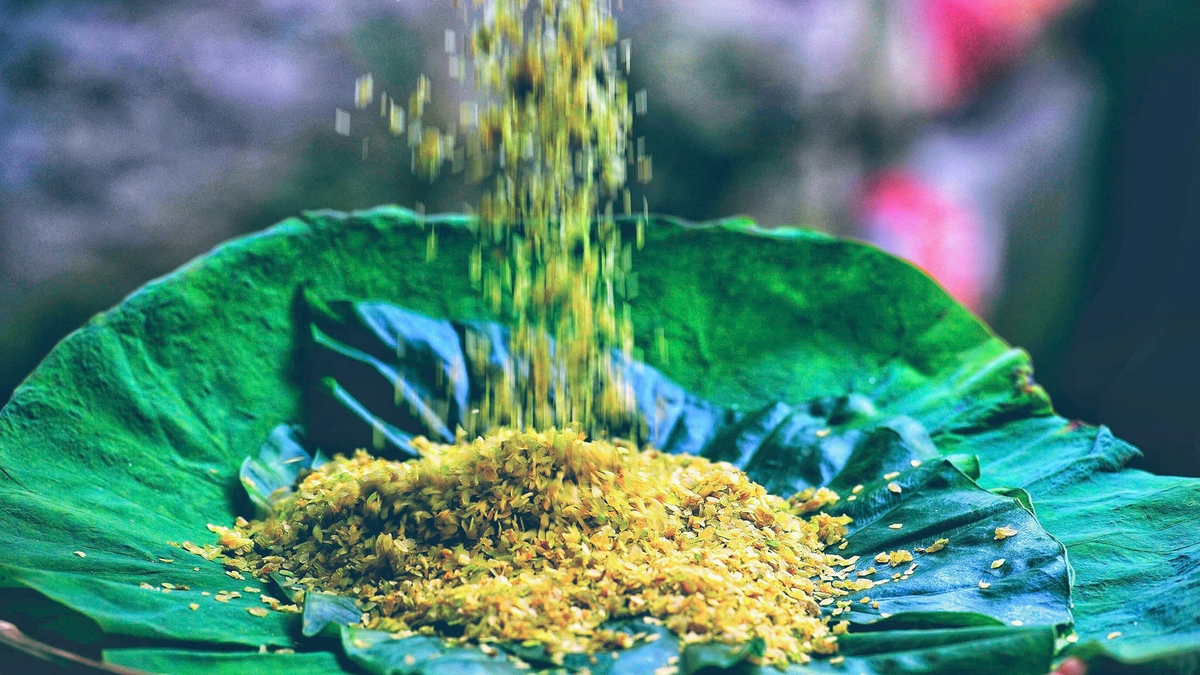
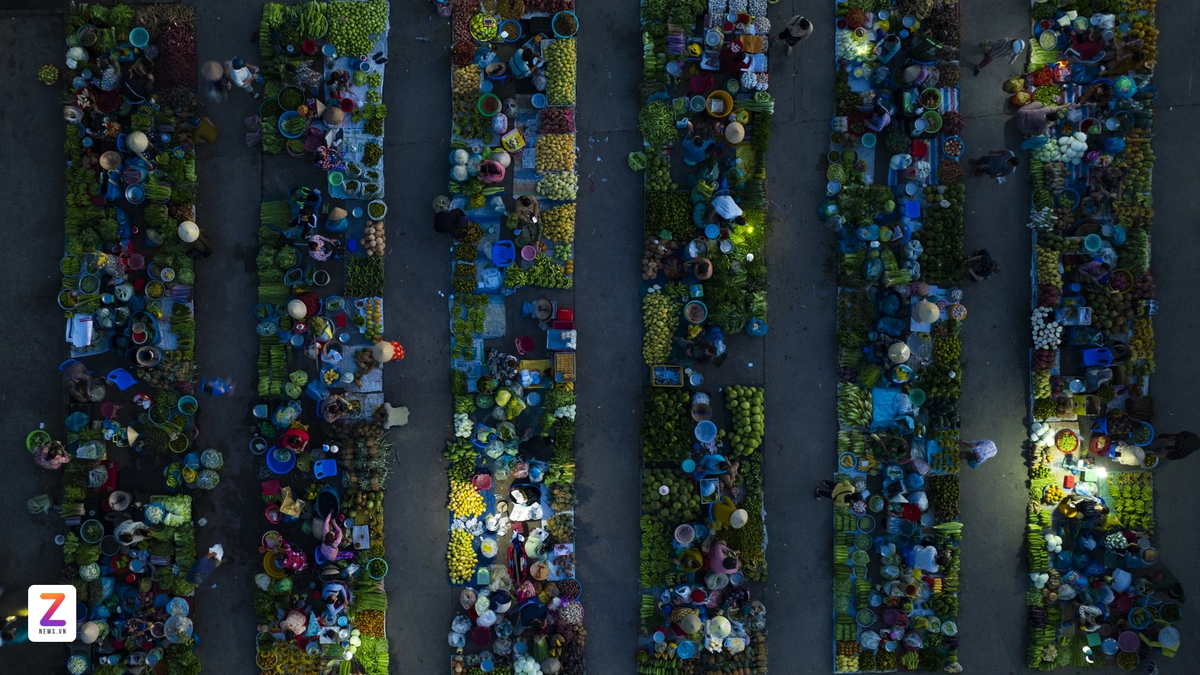









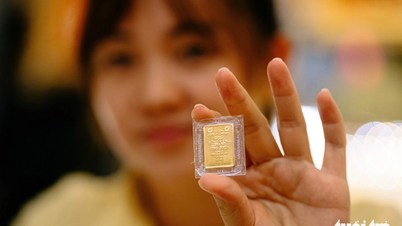
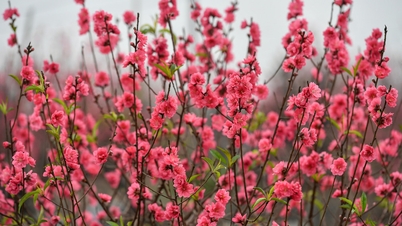

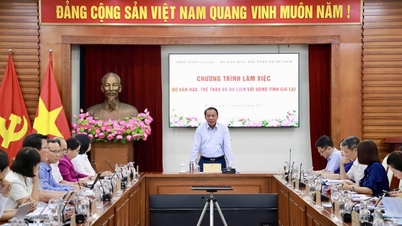
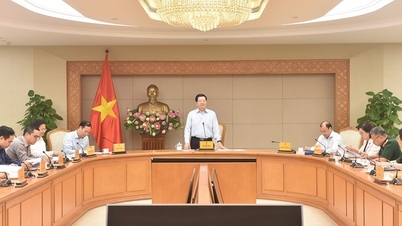
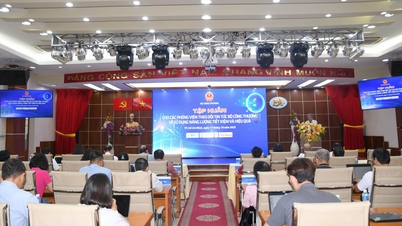

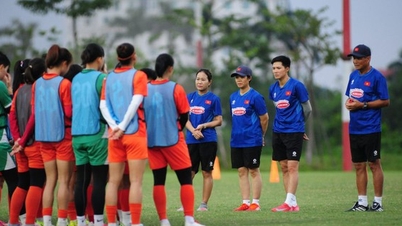
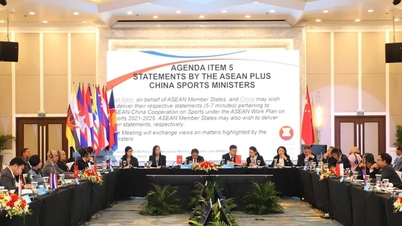
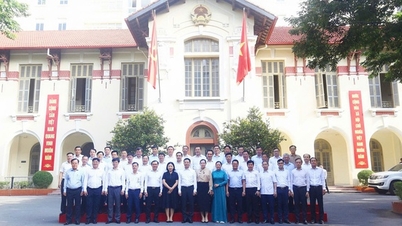



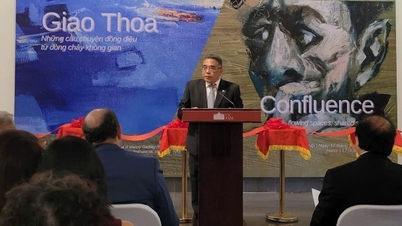

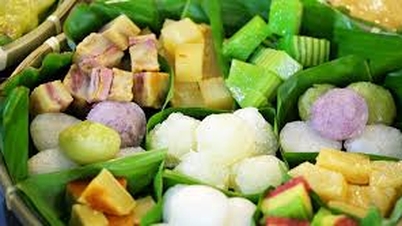

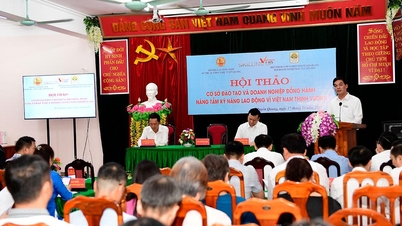
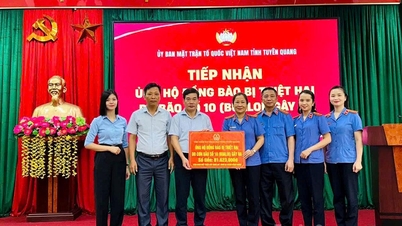
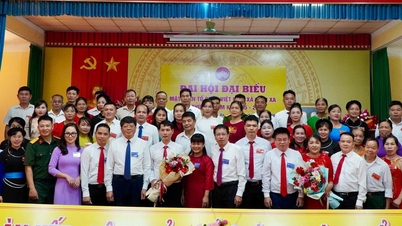
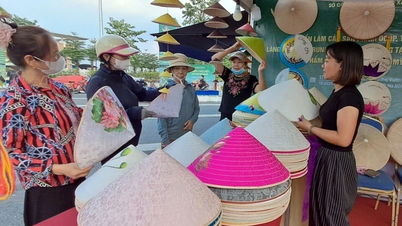
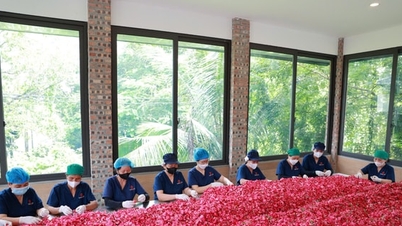

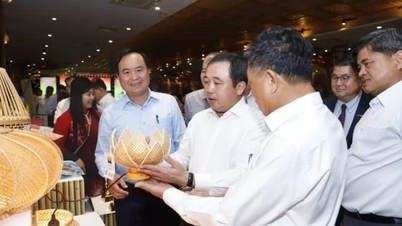

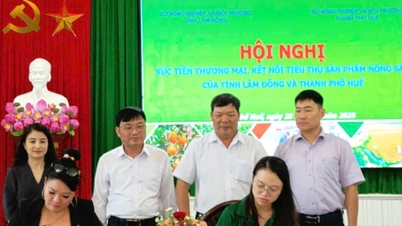
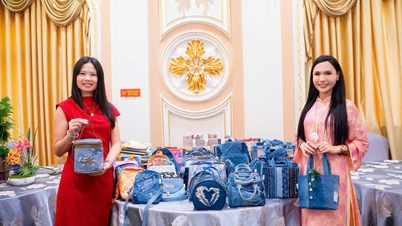



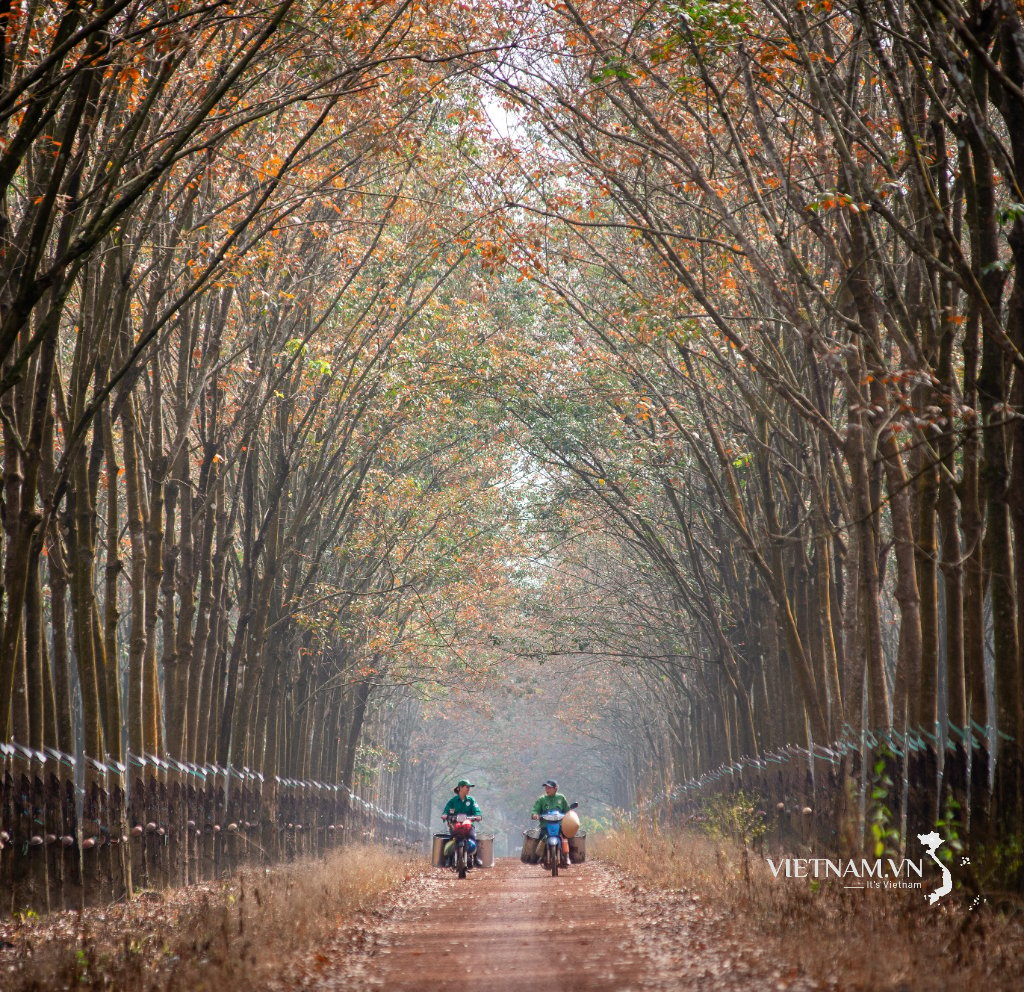
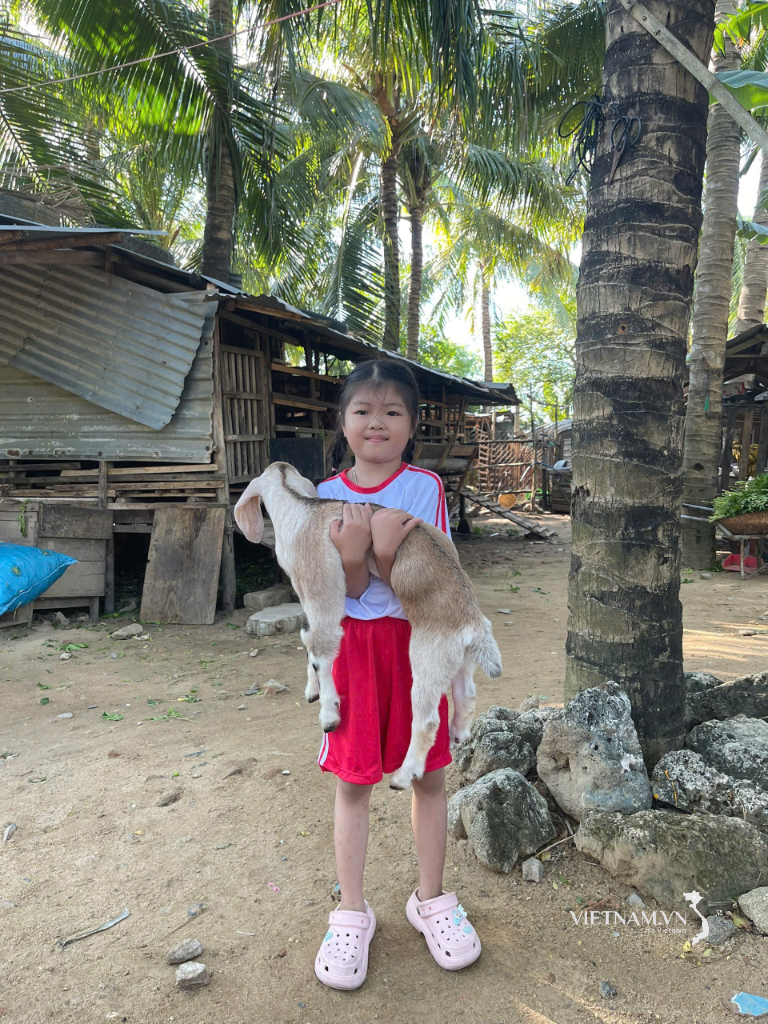


Comment (0)